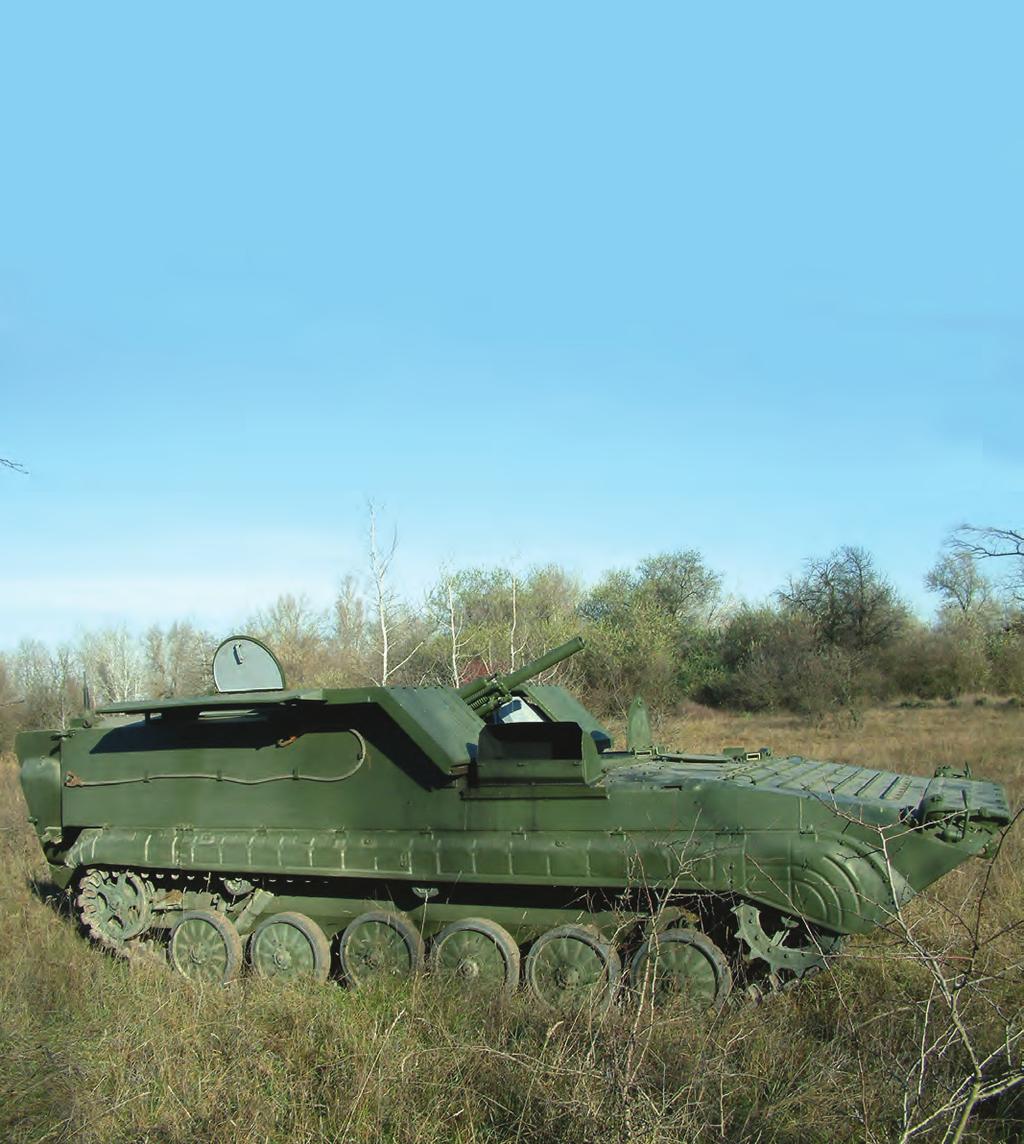Ilyen légből kapott információkat én is tudok gyártani. "Az első Linxeket az abasári lövészhadosztály kapja meg". Ezt akár el is fogadhatjuk. Amennyiben egy régebbi és egy nálunk gyártott típusról beszélünk, akkor minden lehetséges. Tudjuk, hogy a közebes dandár állománytáblája hogy nézne ki? Tudjuk, hogy Tata hány lövész zászlóaljat kap, és miféle felszereléssel? A dandár felderítő századok kapnak-e valami új eszközt? Mint már többször írtam: "álmodozni lehet, az nem vétek", csak maradjunk a realitásnál. Ezzel senkin nem szeretnék megbántani, de tudomásul kell venni, hogy a kosztpénz mire elég. A 190 cm-es tévét lehet, hogy halasztani kell a következő karácsonyra.Ezen a blogon írták elsőnek:
https://combatant.blog.hu/2020/09/25/lynx_466
"A Hódmezővásárhelyen diszlokáló zászlóalj lesz az első amelyik megkapja a Lynx-et:"
A magyar haderő lehetséges fejlesztési irányai
- Téma indítója desertfox
- Indítva
-
- Címkék
- haderőkép 2031
You are using an out of date browser. It may not display this or other websites correctly.
You should upgrade or use an alternative browser.
You should upgrade or use an alternative browser.
Honnan vették a nem rendszeresített fegyókat?Nem tartották fontosnak a pózoláshoz.
De legalább jó sokat szétvágtunk belőle a gyárban. Hogy egy se maradjon, még véletlenül se.
Sikerült megtapiznom,szerelem volt első látásra.Lehet, hogy nem mindenki tudja, ezt az automata aknavetőt a magyar DIGÉP gyártotta az egész VSZ részére. Mindenki a magyar aknavetőt használta. Jelenleg azt hiszem Kínában gyártják a másolatát.
Valakiknek nagyon fontos volt, hogy a DIGÉP eltűnjön a föld színéről és Magyarország ne legyen képes gyártani ezt és a 2S1 Gvozgyika lövegét. Arra is figyeltek, hogy az alig 10-14 éves Gvozgyikákat hamar el lehessen takarítani az országból, még raktárban se legyen (2004), a több, mint 500 darab BMP-1-el együtt.

Magyar innováció ez is.
Most meg Hirtenbergert vásárolunk, hogy legyen aknavetőnk 10 lövés/perc tűzgyorsasággal...
(Félreértés ne essék, örülök, csak lássuk az elkövetett bűnöket......)
Nem volt ez olyan régen, a bűnösök még köztünk járnak.



Krdd.Honnan vették a nem rendszeresített fegyókat?
A kézi páncéltörő fegyvert nem látom, ha jól látom. Lemaradt a rajból ?

Egy malacperzselőre hasonlító lángszóró azért el kellene a képre, megugrana a falusi tartalékosok aránya, disznóvágás idején, ha haza lehetne vinni

T
Törölt tag
Guest
Hogy Leia hercegnőt idézzem: "..Törpéket is bevesznek rohamosztagosnak?.."A kézi páncéltörő fegyvert nem látom, ha jól látom. Lemaradt a rajból ?

(hátsó sor jobb szélső
 )
)Ne bánts a törpéket. A legjobb harcosokHogy Leia hercegnőt idézzem: "..Törpéket is bevesznek rohamosztagosnak?.."
(hátsó sor jobb szélső)
 (Gyűrük Ura)
(Gyűrük Ura)Hogy Leia hercegnőt idézzem: "..Törpéket is bevesznek rohamosztagosnak?.."
(hátsó sor jobb szélső)
Én ugyan ekkora kis rajparancsnok voltam és semmiben sem maradtam le a többitől. A fegyver pedig, a kis ember kezében is halálos.
Urram atyám!Géppisztoly!Hagyjuk is...
3 géppisztolyos van a képen. Feltételezem, a harcjármű kezelőszemélyzete 2 fő. A 3. lehet a CG fegyver kezelője ? Mert gondolom nem a rajparancsnokan adtak géppisztolyt ?
Ja, még a végén a járműben maradók nem kapnak rendes karabélyt? Remélem ez így csak parasztvakítás volt, ez egy lövészraj, mégha kilencen nem is fognak együtt szaladgálni általában!Urram atyám!Géppisztoly!Hagyjuk is...
Ja, még a végén a járműben maradók nem kapnak rendes karabélyt? Remélem ez így csak parasztvakítás volt, ez egy lövészraj, mégha kilencen nem is fognak együtt szaladgálni általában!
Még a BMP-1-ben sem volt gépkarabélya az irányzónak, csak pisztolya és a rajban, az RPG-7 kezelőnek is csak pisztoly volt az önvédelmi fegyvere, ahogy a géppuskásnak is. Szerintem a harcjárművek kezelőinek most géppisztolya lesz.
A cg kezelő rendes karabélyt kap. Géppisztolyt a személyzet. Ami szerintem hiba mivel ott van a bren 2 legrövidebb csövű verziója ami pont akkora mint a skorpió de legalább tűzerőt is jelent. Katonai alkalmazásban nincs helye géppisztolynsk.
3 géppisztolyos van a képen. Feltételezem, a harcjármű kezelőszemélyzete 2 fő. A 3. lehet a CG fegyver kezelője ? Mert gondolom nem a rajparancsnokan adtak géppisztolyt ?
Faszság.
Igazad van, nincs. De az államé 50+%-ban, ezért nincs konkurencia.Nem volt ez azért olyan hatalmas feladvány. (Az ST-n kívül nem is hiszem, hogy van másik hadiipari cége egy ilyen méret törpeállamnak)
T
Törölt tag
Guest
Ebben egyet kell értsek. Ez pont nem jó ötlet, ha ezt átvesszük a németektől.A cg kezelő rendes karabélyt kap. Géppisztolyt a személyzet. Ami szerintem hiba mivel ott van a bren 2 legrövidebb csövű verziója ami pont akkora mint a skorpió de legalább tűzerőt is jelent. Katonai alkalmazásban nincs helye géppisztolynsk.
Náluk dívik ez a módi - nem tudom, hogy most is érvényes-e. Náluk MP7-tel lehet elkapni 1-1 katonát a ritka fényképeken.
Reméljük az eddig legyártott Scorpio EVO 3-asokat gyorsan átdobják a rendőrségnek.
A Bren utánrendelésbe meg jön majd a 8"-os csőhosszal.
Ebben egyet kell értsek. Ez pont nem jó ötlet, ha ezt átvesszük a németektől.
Náluk dívik ez a módi - nem tudom, hogy most is érvényes-e. Náluk MP7-tel lehet elkapni 1-1 katonát a ritka fényképeken.
Reméljük az eddig legyártott Scorpio EVO 3-asokat gyorsan átdobják a rendőrségnek.
A Bren utánrendelésbe meg jön majd a 8"-os csőhosszal.
Az EÜ személyzet kap MP7-et meg talán a logisztikás sofőrök,de én csak az EÜ-nél láttam,hogy MP-7 lenne.
T
Törölt tag
Guest
Már az előbb be akartam tenni, de most telefonról nem találom a képet.Az EÜ személyzet kap MP7-et meg talán a logisztikás sofőrök,de én csak az EÜ-nél láttam,hogy MP-7 lenne.
Ritkán fotózzák a személyzetet is a deszanttal, de akkor ott MP7 szokott lenni.
Ez elsősorban a PUMA-ra vonatkozik.
Este keresek ilyen képet.
Igazából már csak beltéren van értelme. Épületharcászat kb.A cg kezelő rendes karabélyt kap. Géppisztolyt a személyzet. Ami szerintem hiba mivel ott van a bren 2 legrövidebb csövű verziója ami pont akkora mint a skorpió de legalább tűzerőt is jelent. Katonai alkalmazásban nincs helye géppisztolynsk.
